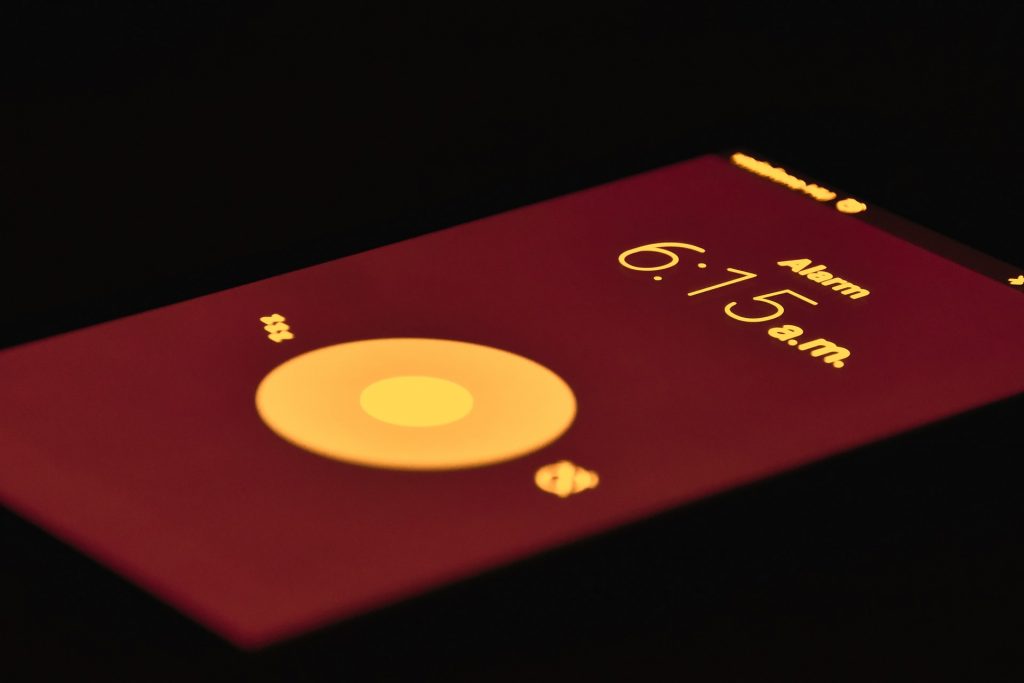
The story “Alarm Clock with a Snooze Button” represents a basic intervention for handing over control of sleep from the conscious to the unconscious, and for suggesting that it is safe to do so because the unconscious knows that it can easily handle the task. The alarm clock story can be used for patients who find it difficult to fall asleep or stay asleep, for patients who repeatedly oversleep and for patients who are worried about waking up too early from an anaesthetic or not waking up at all. It can also be used for all sleep disorders which can be prevented by waking up in time, such as bedwetting, sleep apnoea and snoring, as well as for nightmares. The story embodies the basic suggestion that control is retained even during sleep, and can therefore be used to make it clear to patients with a compulsive and controlling personality that they can stay relaxed while remaining fully in control.
“My body has an internal alarm clock,” one friend said to another. “Before going to sleep, I tell myself; ‘Tomorrow morning I’ll wake up at ten past six.’ And then the next morning I’ll wake up at exactly ten past six. Yet recently I woke up at ten past six and did not get straight out of bed. I went back to sleep again and overslept.” “That could never happen to me,” answered his friend. “My internal alarm clock has a snooze button. Before going to sleep, I tell myself; ‘Tomorrow morning I’ll wake up at ten past six, and then I’ll wake up every five minutes after that.’”
